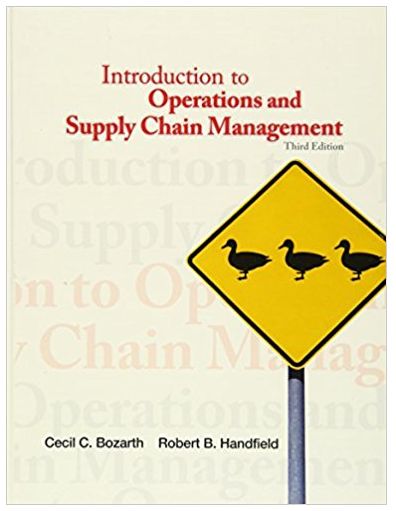Question
Supply Chain Management Supply Chain Woes Are Costing Malaysias Economy RM8.7bil a Year KUALA LUMPUR: Supply chain disruptions caused by Chinas border reopening, acute labour
Supply Chain Management
Supply Chain Woes Are Costing Malaysias Economy RM8.7bil a Year KUALA LUMPUR: Supply chain disruptions caused by Chinas border reopening, acute labour shortage, climate change, and global geopolitical tensions cost the Malaysian economy RM8.7billion annually, according to a new analysis by business transformation consultancy TMX Global. TMX Global country manager of Malaysia and Singapore Greg OShea said supply chain issues cost companies an average of 0.47 per cent in lost revenue worldwide. Give Malaysias gross domestic product (GDP) of RM1.85 trillion (US$434 billion), businesses in Malaysia are losing over RM8.7 billion a year in sales due to supply chain woes. Over the last two years, Malaysia has grappled with various disruptions to trade and supply chains. Amidst economic and political changes like Chinas Covid-19 policies and the prolonged war in Ukraine, the country also experienced flooding in 108 areas last year. All these raised operating costs and that of imports, and for a country that relies heavily on imported raw materials for its manufactured exports, it meant that the production of goods was also affected. For businesses, these disruptions, which are still ongoing, also have an impact on cash flows and bottom lines, Greg said in a statement today, further noting that recent GDP figures for the fourth quarter (Q4) of 2022 also revealed that net exports have contracted by 1.8 per cent. This is in part due to supply chain disruptions and the unavailability of raw materials. He adds that supply chain disruptions have notably impacted semiconductor manufacturers due to the unprecedented global chip shortage since mid-2020. The semiconductor industry is a significant pillar of Malaysias economy, with 7 per cent of the worlds semiconductor trade passing through the country. Amidst predictions that global growth will slow down this year, and with uncertainties unfurling in real-time, such as the effects of Chinas reopening, businesses must rethink their supply chain strategies and focus on building the resilience of their supply chains to be prepared for any shocks. Not doing so is a risk to the business and the economy, as demonstrated by our analysis, Greg said. In terms of what businesses should consider in developing more resilient supply chains, Greg outlines three key areas, namely processes, where operations are optimised and geared towards fast-changing customer preferences; technology, in which businesses leverage digitalisation and emerging innovations to enable necessary transformations, and people, where the logistics workforce now needs to upskill and transform to serve a reinvented supply chain. Greg noted that these align with some of the key initiatives Malaysia has introduced to boost the resilience of its supply chains. This includes Empower Malaysia, which seeks to spearhead the transformation of supply chains in the country through artificial intelligence and automation while considering the need to accelerate the talent development in this space. While such initiatives are important in creating an enabling environment and kickstarting efforts to strengthen the supply chain, Greg said the responsibility ultimately lies on business leaders to ensure their supply chains are future-proof. The pandemic and the global semiconductor crisis brought about a key lesson for businesses in all sectors that is, it is key to adopt a long-term supply chain strategy that optimises the entire value chain, leverages innovative solutions, and, more importantly, can ensure business continuity even in unprecedented situations. As the world continues to recover from the impacts of the pandemic, now is the best time for businesses to start putting some of the key lessons learned from supply chain disruptions into practice. Using the valuable insights gathered from the last two years, the team at TMX is looking forward to working with businesses in the region to optimise their supply chains and business operations, Greg said.
Based on the information given in the article above, elaborate on the problems that businesses in Malaysia are having with their supply chains by using recent examples to support your answer.
Step by Step Solution
There are 3 Steps involved in it
Step: 1

Get Instant Access to Expert-Tailored Solutions
See step-by-step solutions with expert insights and AI powered tools for academic success
Step: 2

Step: 3

Ace Your Homework with AI
Get the answers you need in no time with our AI-driven, step-by-step assistance
Get Started


